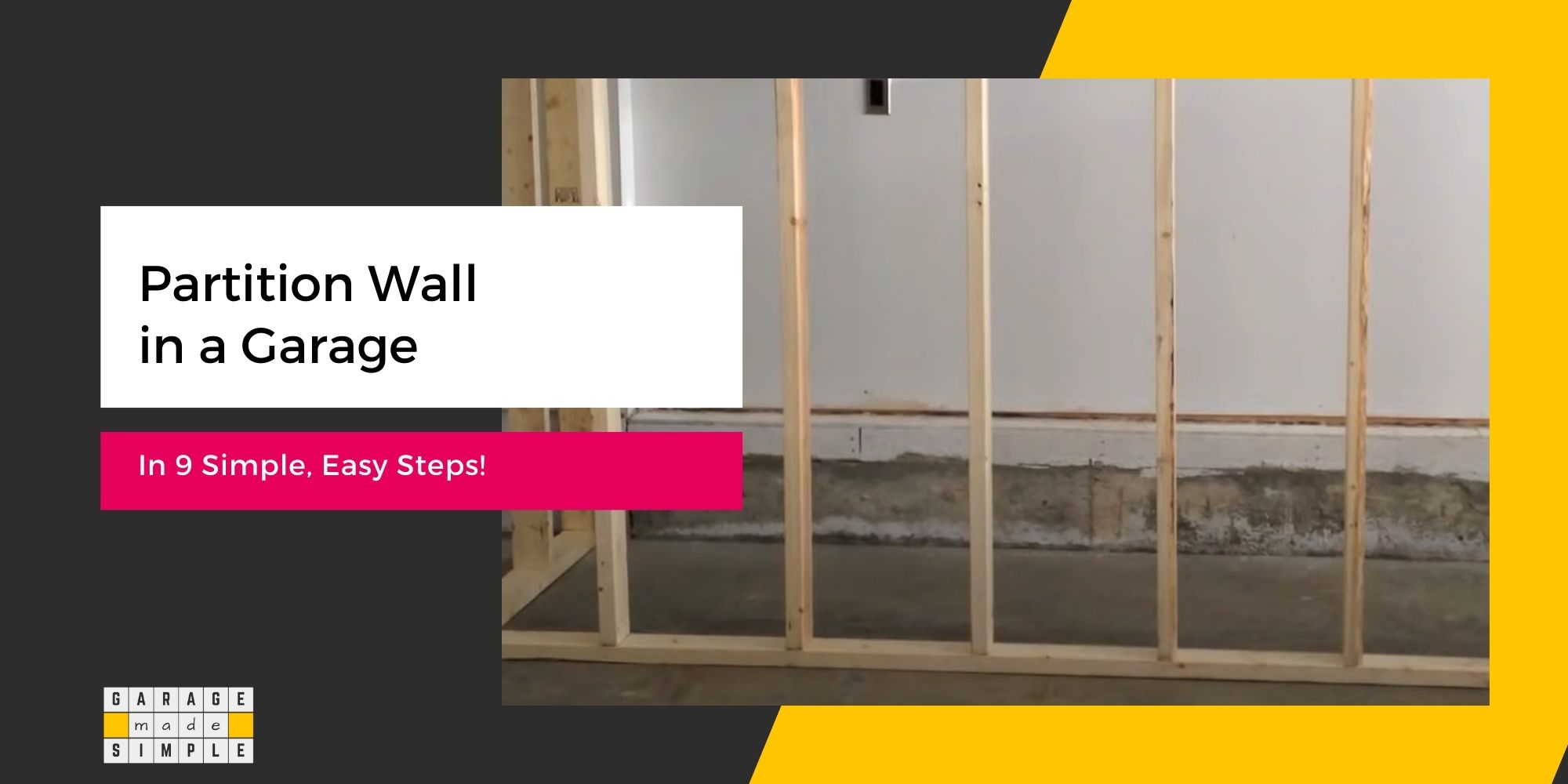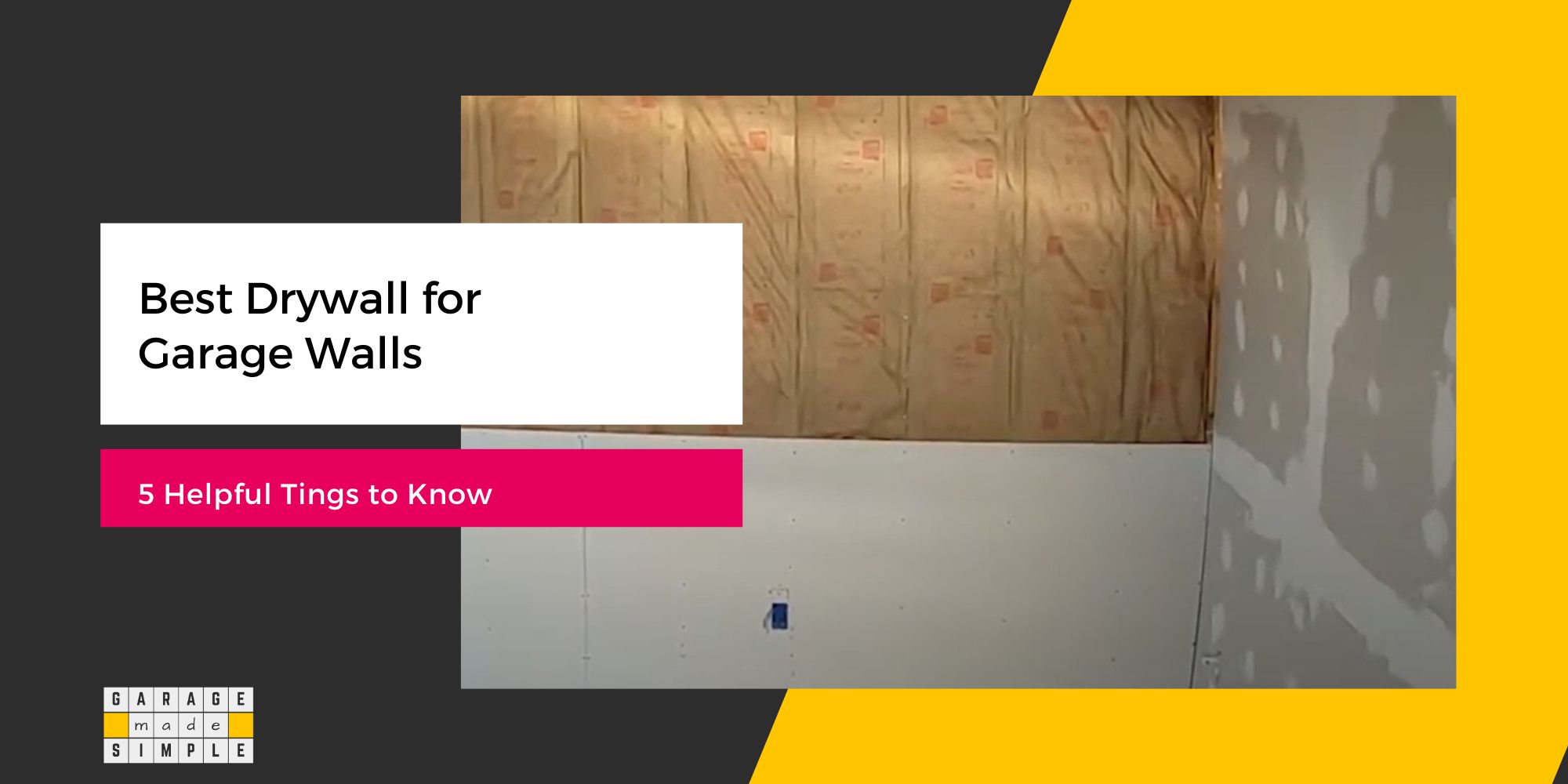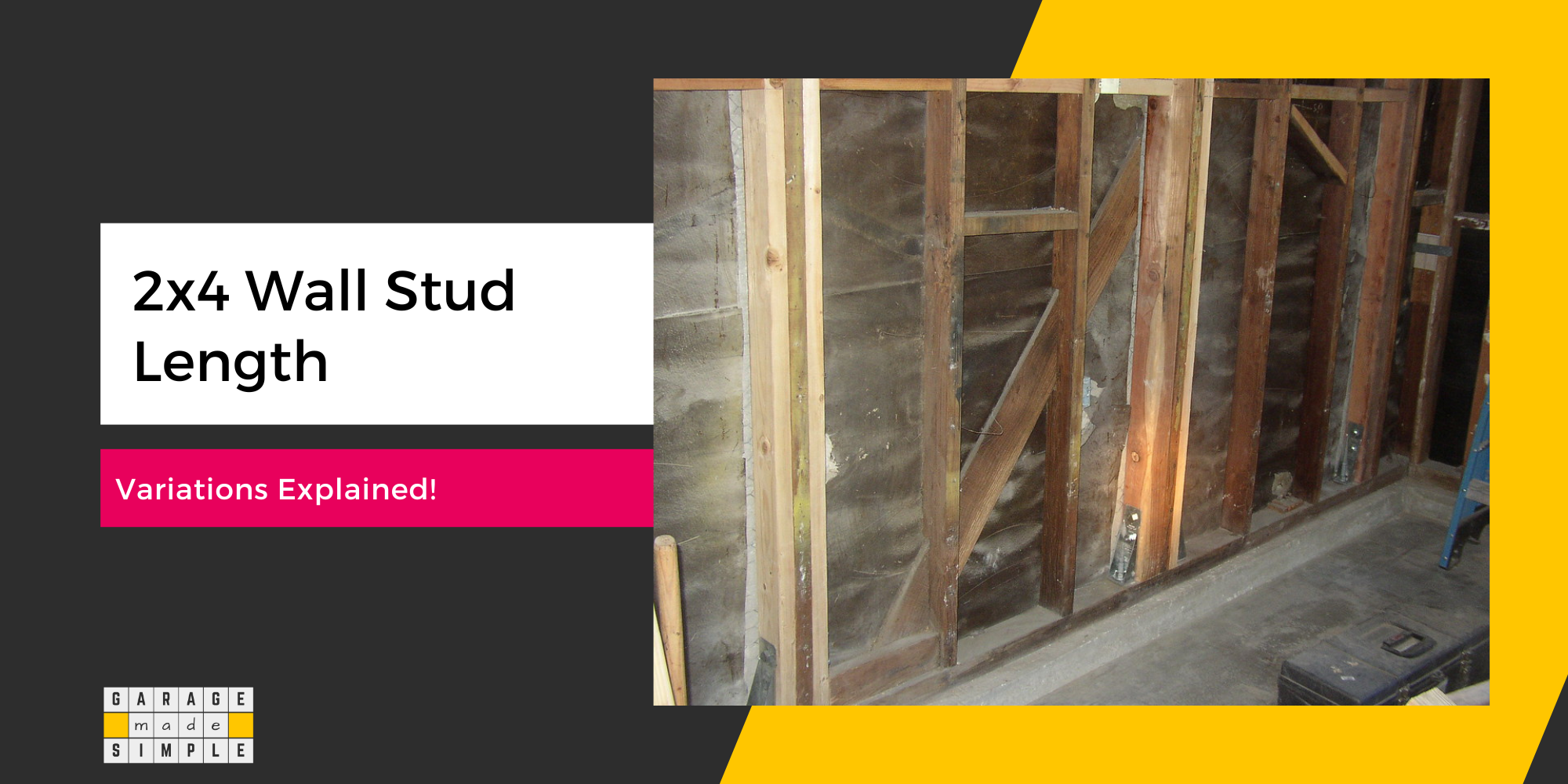2×4 Treated Lumber: Advantages and Disadvantages
garagemadesimple.com is a participant in the Amazon Services LLC Associates Program, an affiliate advertising program designed to provide a means for sites to earn advertising fees by advertising and linking to Amazon.com . The website is also an affiliate of a few other brands.
2×4 treated lumber is a durable building material that has been specially treated to resist decay, rot, and insect damage using pressure and vacuum technology to force protective chemical preservatives into standard woods like spruce, fur, or pine.
This treatment process makes it a sturdier building material that is less susceptible to the elements and pests. It is commonly used in framing and structural elements of construction projects, especially outdoor applications.

Treated lumber is an important building material that is often used where the wood will be exposed to the elements or will be in contact with the ground. It provides a durable solution to extend the life and functionality of wood structures.
2×4 treated lumber is commonly used in framing for decks, fences, and exterior walls, as well as sill plates in homes and garages. Its durability and resistance to decay make it a preferred choice for outdoor projects.
Advantages of 2×4 Treated Lumber
Protection against Decay and Rot
2×4 treated lumber is more durable than untreated lumber. It is better able to resist decay and rot. This is because pressure-treated lumber is infused with preservatives, under pressure.
The chemical preservatives protect 2×4 treated lumber from moisture, pests, and rot.
On the other hand, untreated wood is vulnerable to decay and rot, especially when exposed to moisture. This is sure to compromise the structural integrity of buildings, decks, fences, etc. over time.
The key difference between 2×4 treated lumber and 2×4 untreated lumber is the preservatives. Notably, the preservatives are not just on the surface, pressure treatment ensures that they are embedded deep into the wood grains.
It is the preservatives, embedded in the 2×4 treated lumber that make it a reliable choice for outdoor applications, especially where the wood will be in ground contact.
Resistance to Insect Infestation
2×4 treated lumber is resistant to insect infestation because it has been infused with preservatives that repel bugs and insects. This protects your home and garage from insect damage and saves you money on insect-proofing solutions.
On the other hand untreated wood is vulnerable to insect infestation, which can lead to rot and gradually undermine the strength of the wooden structure.
2×4 treated lumber creates an inhospitable environment for wood-boring pests, making it a reliable choice for outdoor applications and other projects where the wood will be exposed to the elements.
Resistance to Inclement Weather
2×4 pressure treated lumber is more weather resistant than untreated wood. It can withstand harsh weather conditions such as sun, rain, and snow without warping, cracking, or degrading.
This is because treated lumber is infused with preservatives that create a barrier against moisture, sunlight, and other environmental stressors.
2×4 treated lumber is unlikely to swell, warp or decay, even when it is used for outdoor projects in a variety of climates.
Treated lumber is a durable and reliable choice for outdoor projects, such as decks, fences, and exterior walls, where the wood will be exposed to the elements.
Load-Bearing Capacity
2×4 treated lumber has a higher load-bearing capacity than untreated wood. It is strong enough to support both vertical and horizontal loads.
This makes it a reliable choice for critical elements in construction, such as framing walls, floors, and roofs.
Versatility
2×4 treated lumber is versatile and can be used in framing, decking, fencing, etc. 2×4 treated lumber is easy to work with and can be stained or painted to any color.
2×4 treated lumber is a reliable choice for builders and contractors of all types. It is compatible with various construction techniques and adaptable to different project scales, making it a staple in the construction industry.
Cost Effective
The initial cost of treated lumber may be higher than untreated lumber, but it is a cost-effective investment in the long run. Treated lumber lasts longer and is more resistant to decay, rot, and insect damage.
2×4 treated lumber is cheaper than cedar, redwood, and other types of wood that have high resistance to rot and decay.
Treated lumber is also low-maintenance. It is naturally resistant to decay and insects, so you do not have to spend a lot of time or money on upkeep. If you accidentally damage treated wood, it is easy and inexpensive to repair.
Overall, treated lumber is a good investment because it is durable, low-maintenance, and easy to repair. However, for framing of garage walls, 2×4 studs are the perfect choice.
Disadvantages of 2×4 Treated Lumber
2×4 treated lumber has some disadvantages that should be considered before using it. These include environmental impact and health concerns for users.
Environmental & Health Safety Concerns
The chemicals used to treat 2×4 lumber can leach into the soil and waterways, harming the environment. It is important to balance the benefits of treated lumber with sustainable practices to minimize these impacts.
Users of treated lumber may be exposed to the chemicals used to treat it. This can be a health hazard, especially if the wood is burned, trimmed, or cut.
It is important to take precautions when working with treated lumber, such as wearing a mask, safety goggles, and gloves.
Treated lumber should not be used for gardens (except in some permitted cases) or come into frequent contact with food and water. It should also be disposed of properly as a potentially hazardous material.
You can get a full Overview of Wood Preservative Chemicals on the EPA Website.
Aesthetics
The treatment process will alter the appearance of treated lumber, to a degree, giving it a different hue than untreated wood.
Finishing and painting treated lumber can also be challenging because the preservatives used in the treatment process can create barriers that prevent the wood from absorbing stains or paints evenly.
You must stain and apply a penetrating sealer to the treated wood annually to prevent it from splintering, checking, fading, or becoming porous and soft.
2×4 Treated Lumber vs 2×4 Wall Studs
It is important to assess the specific environmental conditions and structural demands of a project to determine whether the enhanced durability and resistance offered by 2×4 treated lumber are necessary. For interior applications with controlled environments, standard 2×4 wall studs may be sufficient.
When to Use 2×4 Treated Lumber
- Outdoor construction (decks, pergolas, fencing): 2×4 treated lumber is resistant to decay, rot, and insects, making it a good choice for outdoor structures that will be exposed to the elements.
- Foundation framing (raised garden beds, outdoor play structures): 2×4 treated lumber is also resistant to soil moisture and decay, making it a good choice for framing that is in direct contact with the ground or slab-on-grade. This includes sill plates.
- Basement framing: 2×4 treated lumber can help to prevent water damage and mold growth in below-grade applications, such as basement walls.
- Termite-prone areas: 2×4 treated lumber is resistant to insect damage, making it a good choice for wall studs in areas with a high risk of termite infestation.
- Exterior walls: 2×4 treated lumber can help to prevent moisture-related problems and enhance the overall durability of exterior walls in locations with heavy rain or humidity.
Thank you very much for reading the post. I do hope you found it informative and useful.






